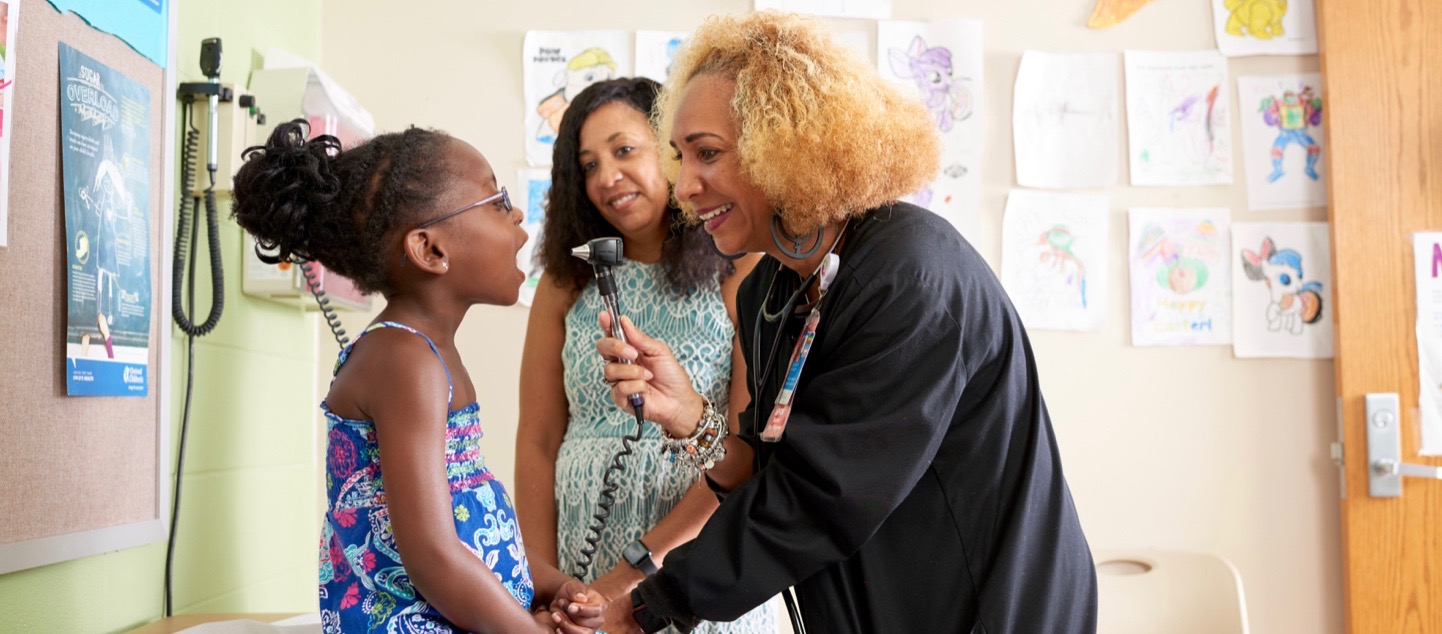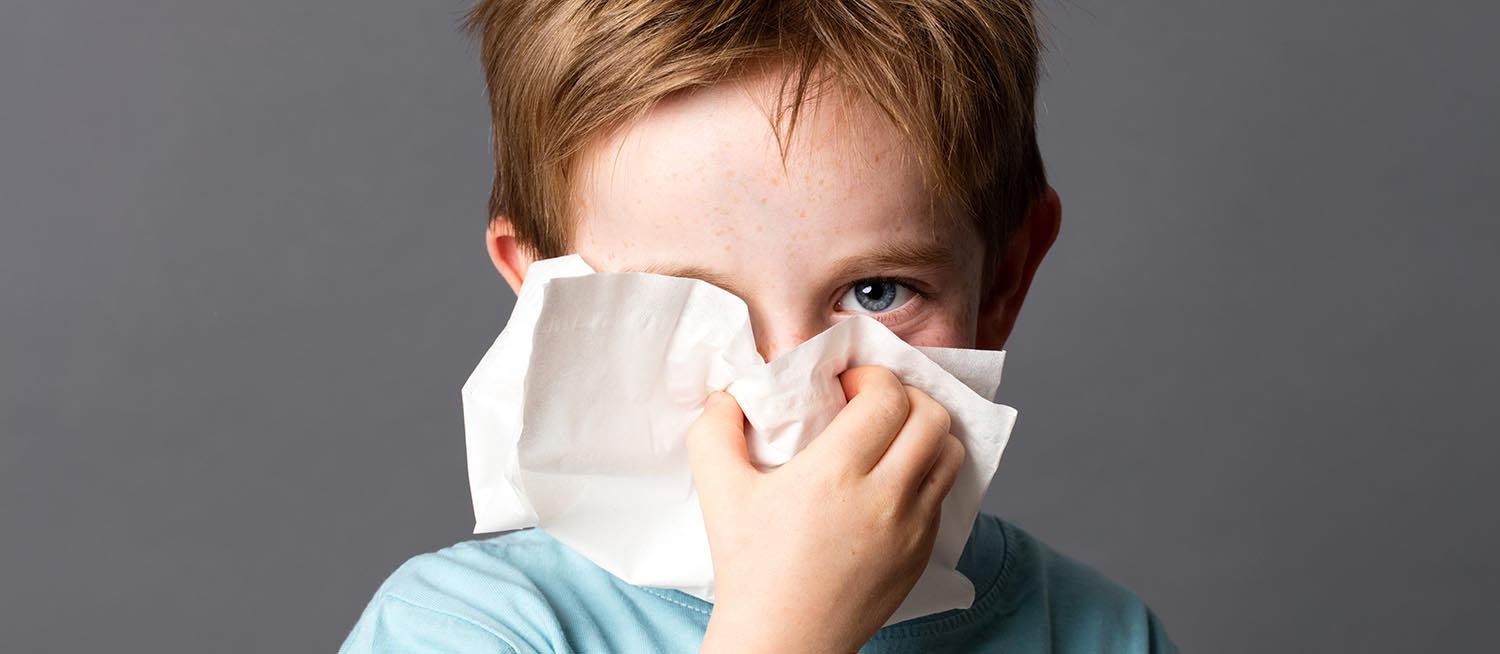Tonsils are credited with being one of the immune system’s first lines of defense – they trap airborne bacteria and virus particles as they are inhaled and keep them from entering the respiratory or GI systems. But even with all the good they do, sometimes tonsils become problematic for children.
The good news is the human body has many layers of immune defense. This means that if your child needs to have his or her tonsils removed due to breathing issues or infections, it’s not a problem.
Removing tonsils, officially called a tonsillectomy, is one of the most common surgeries performed at Cincinnati Children’s and there are two main reasons why the procedure may be needed.
Two Reasons for Surgery
1. Airway Obstruction and sleep disordered breathing or sleep apnea: When the tonsils are too big they can cause an obstruction and partially block your child’s airway. This is the primary reason that younger children, between the ages of two and five, need to have their tonsils removed. To know if your child is dealing with this you should look for these symptoms:
- Snoring and/or pauses in breathing: Enlarged tonsils can cause turbulent airflow in children which results in snoring and pauses in breathing. The pauses can be as short as a couple of seconds or up to about ten seconds in some cases. Sometimes you will even see your child gasp for air or choke while sleeping before they take a large recovery breath.
- Restless sleep: You will notice this if you have a child who is in bed all night and appears to be sleeping, but wakes up and is still very tired.
- Bed wetting: If you have a child who used to consistently sleep through the night without having an accident, who has all of a sudden fallen into a pattern of wetting the bed, it could be a symptom of sleep apnea.
- Difficulty paying attention at school: This can sometimes be misinterpreted as attention deficit hyperactivity disorder (ADHD) because your child can’t focus or starts to have behavior problems at school. Often when a child is not getting good sleep they actually become hyperactive instead of getting tired.
2. Recurrent tonsil infections: Strep throat is the most common tonsil infection we see, but there are others that can cause a problem as well. These are the defined criteria that need to be met before surgery is an option:
- Seven infections in one year
- Five infections each year for two consecutive years
- Three infections each year for three years in a row
What to expect with surgery
A tonsillectomy is typically a 30-minute procedure in the operating room and can be inpatient or outpatient surgery depending on many different factors. Kids usually need between one and two weeks of recovery time after surgery. The after-surgery pain feels like a bad sore throat and varies significantly from patient to patient.
The pain can limit the amount of eating and drinking your child will be interested in right after surgery. So it’s important to closely monitor fluid intake right after surgery to keep him or her hydrated. Dehydration can happen quickly and is one of the most common side effects we see following tonsillectomy surgery.
It’s also important to note that even after your child’s tonsils have been removed they can still get a strep throat infection. It’s less likely, but still possible, so be sure to talk to your ENT about both short and long-term expectations following surgery.
To learn more about our ENT services, or to schedule an appointment, please call 513-636-4355 or fill out an online form for more information.





Am really confused, I have a 3.1/2yr old child who is showing these signs you mentioned above, accompanied with serious stuttering .my question is does it have anything to do with stuttering? Can it be outgrown? Any medication aside surgery? What are the side effects of allowing her outgrow it? Thank you